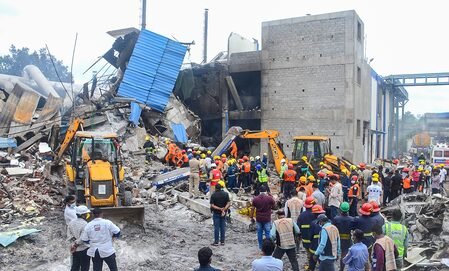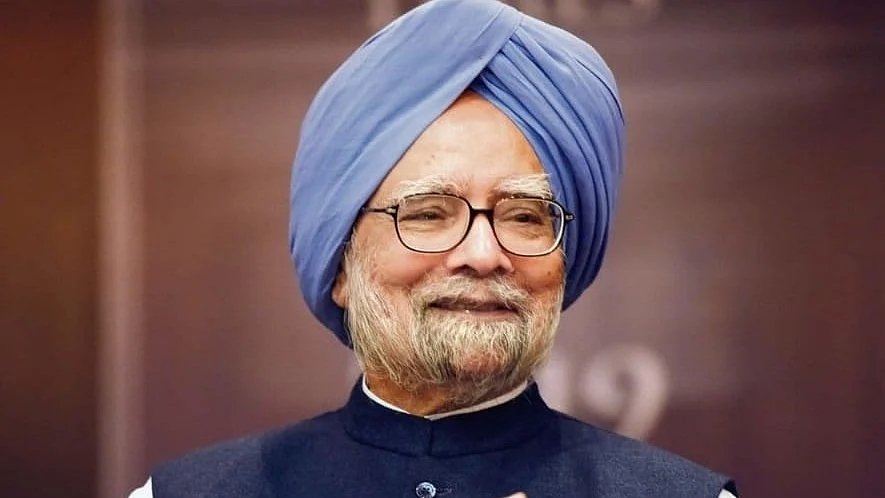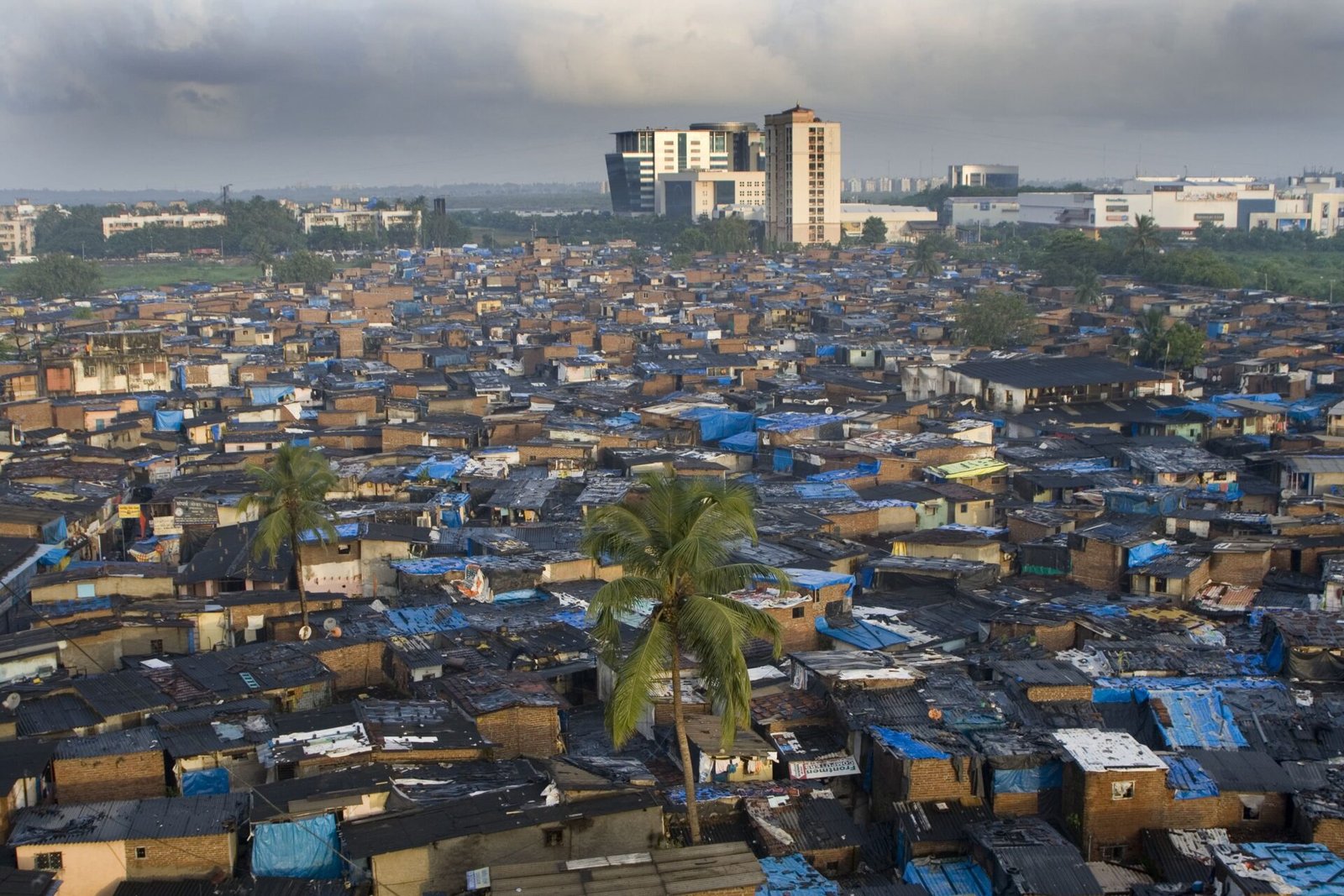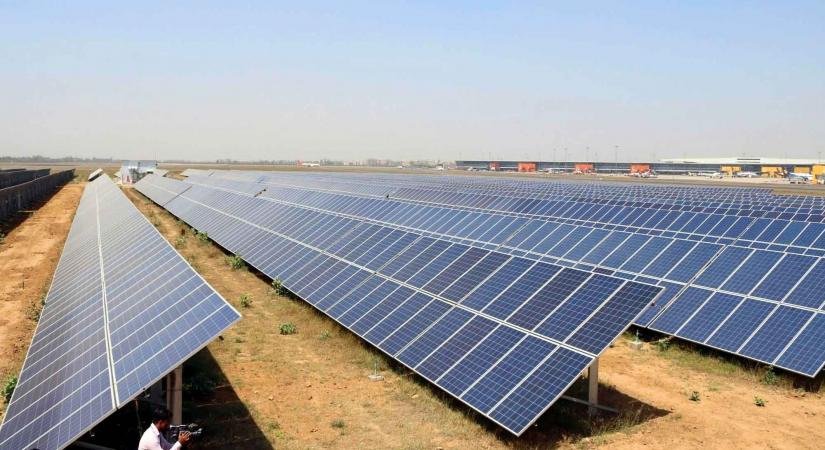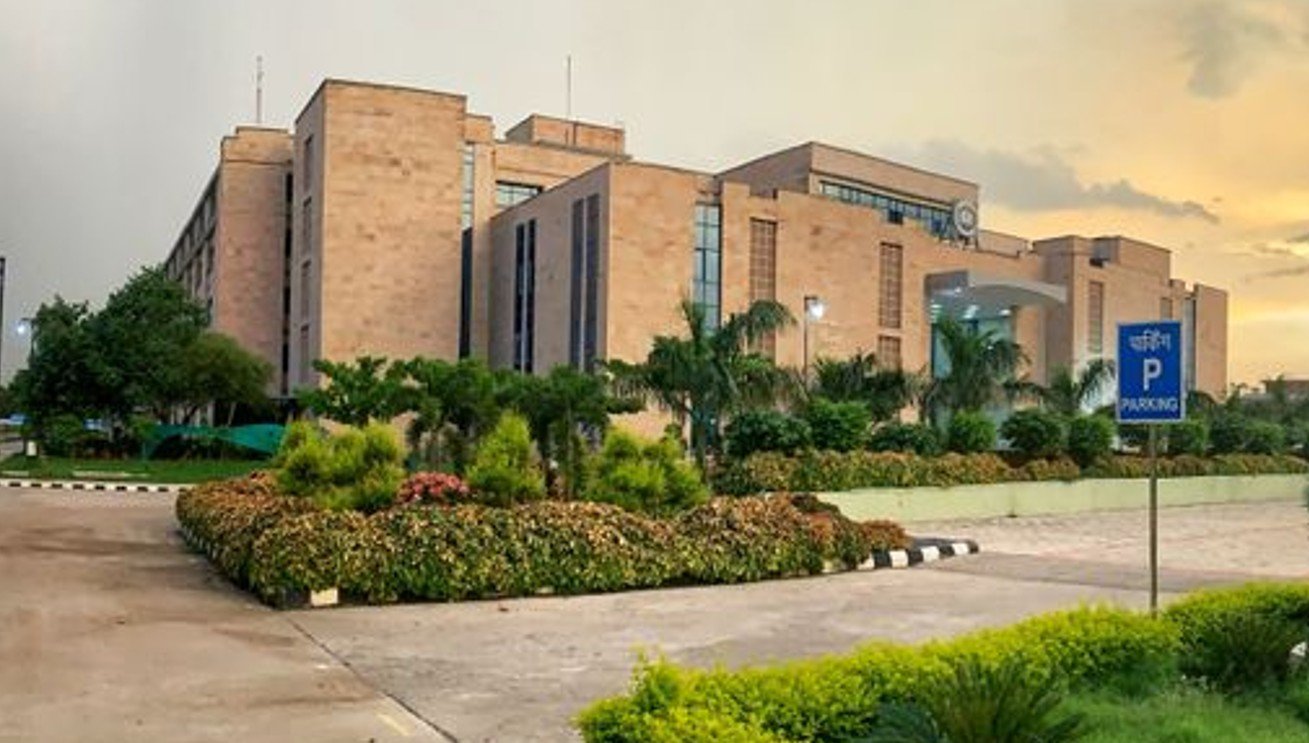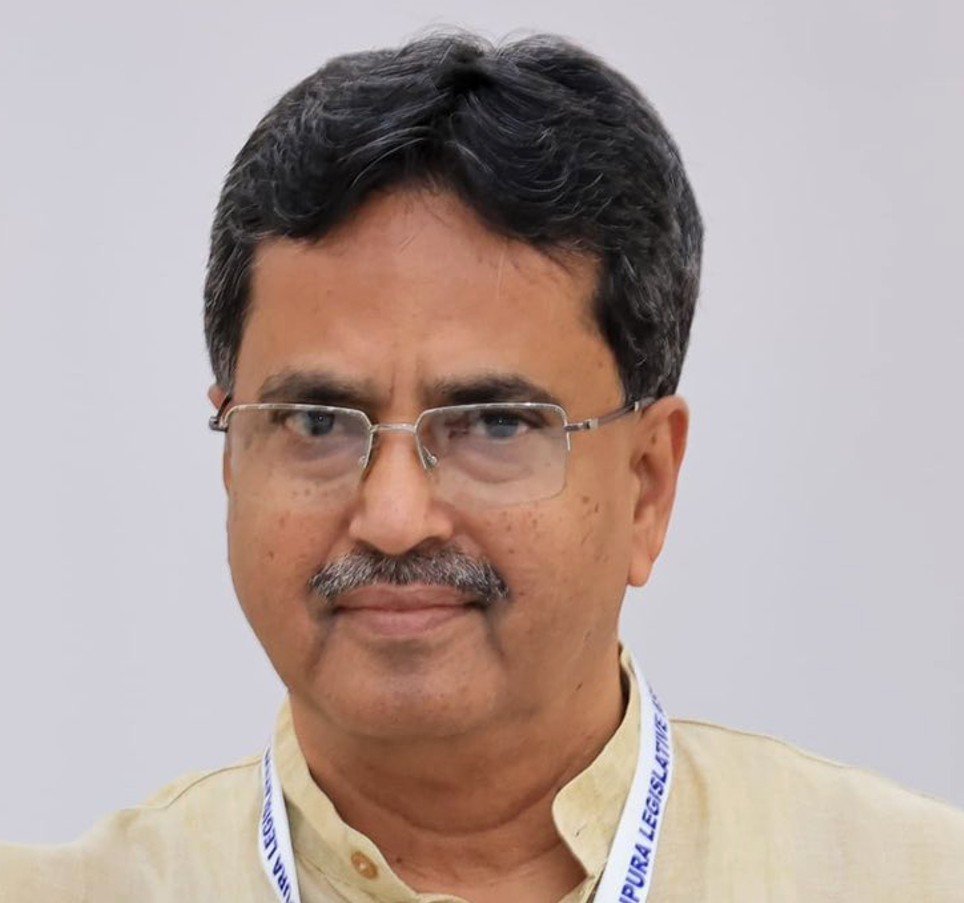Jayashankar Bhupalapally Collector A Murali made the controversial remarks while addressing a rally at Eturanagaram to mark World Tuberculosis Day.
“I am telling you because this is a fact. A bad Brahminical culture has come in, which is saying we should not to eat beef. This is all nonsense,” he said.
The IAS officer said villagers in Ranga Reddy and Mahabubnagar districts told him during his visits that they had turned weak because beef is no longer available.
“They told me that earlier they used to do hard work because they were eating beef. They want to eat beef but it is not available,” he said.
Murali also criticized the traditions which bar people from eating a particular dish. “People these days wear this mala and that mala and avoid taking meat. This is all nonsense.”
The Collector also asked tribals to eat wild boars as the Forest Department has allowed them to kill this animal. He said that meat of wild boars is in huge demand in countries like US.Poor man’s food
According to the National Sample Survey Organisation (NSSO), a division of the Ministry of Statistics and Programme Implementation, nearly 80 million Indians consume beef, including buffalo meat.
Data released by the NSSO in 2015 showed that the consumption of beef had marginally increased in both rural and urban households in India between 2010 and 2012, Prachi Salve of India Spend reported.
In a 2015 report for Scroll.in, Shoaib Daniyal explained that in a country like India, where poverty and malnutrition run high, beef comes to the rescue as one of the cheapest sources of protein.
Other alternatives to beef, like pulses or milk products or even eggs, are too expensive for several disadvantaged sections to be able to afford regularly.
What the Supreme Court said in 1958
Writing for The Hindu, Krishnadas Rajagopal had pointed out the irony of Indian states banning cattle slaughter by referring to a verdict from 1958, which was reversed in 2005.
In 1958, the Supreme Court, while deciding if laws banning cattle slaughter in several states of India was constitutional, had said that “there is no getting away from the fact that beef or buffalo meat is an item of food for a large section of the people in India.”
Led by then Chief Justice of India SR Das, the five-judge bench had held that “The comparatively low prices of beef and buffalo flesh, which are nearly half that of mutton or goats’ flesh, is the main reason for their demand.”
“Poorer people, therefore, who can hardly afford fruit or milk or ghee are likely to suffer from malnutrition if they are deprived of even one slice of beef or buffalo flesh which may sometimes be within their reach,” it added.
However, in 2005, the apex court reversed its earlier verdict stating that it only reflected “India’s panic” during that period when there was scarcity of food. The court said that the “real problem facing India is not availability of protein-rich diet, but unequal distribution,” the report added.
With IANS inputs



